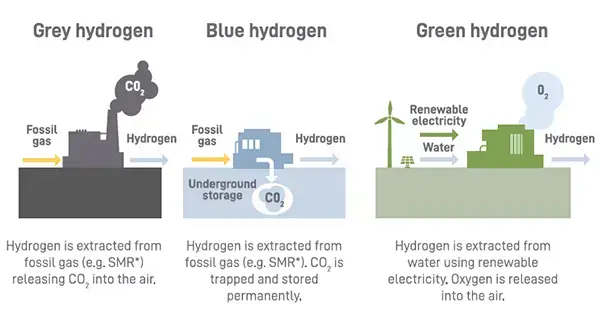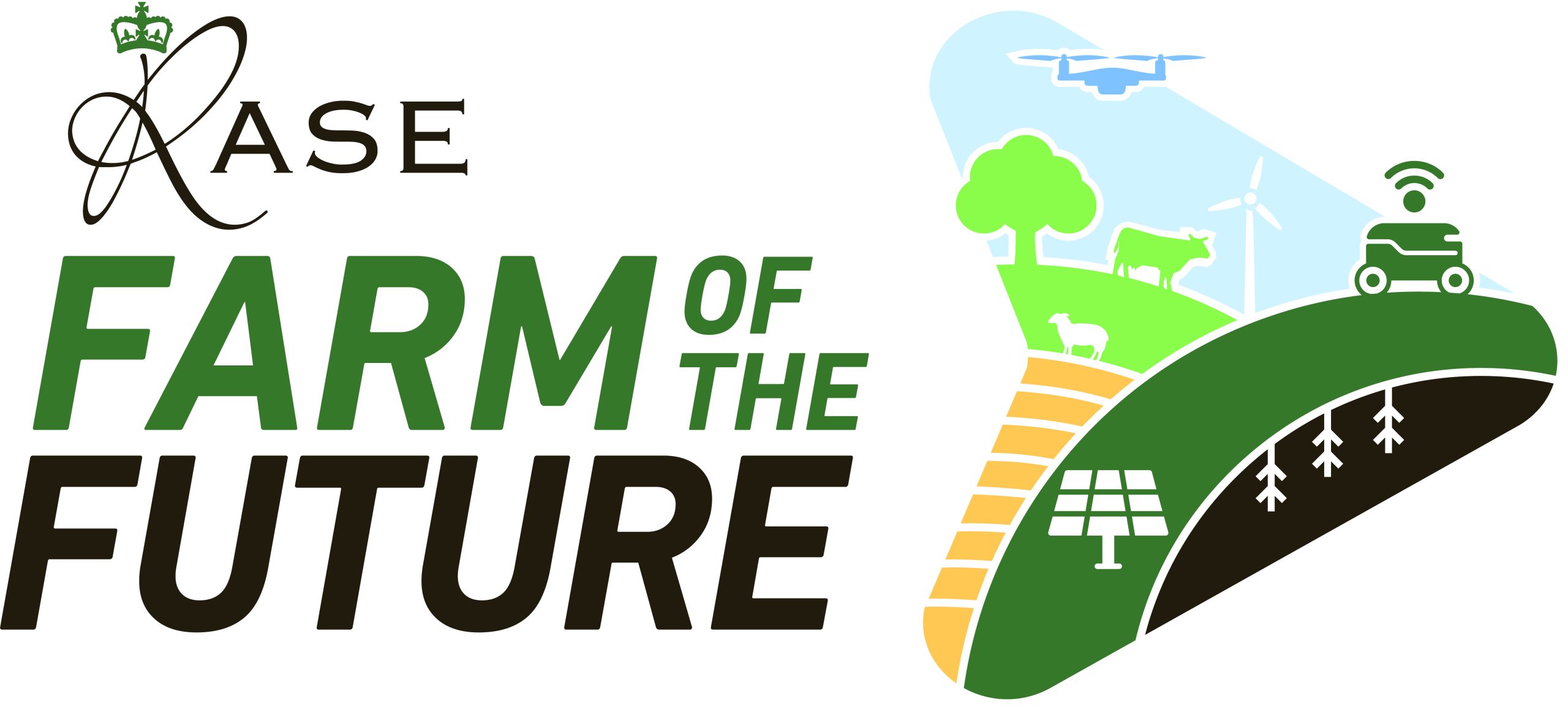There is no ‘natural’ source of hydrogen, so it is produced in the UK most commonly by steam methane or auto thermal reforming (49%), partial oil oxidation (29%), gasification (18%) and electrolysis (4%), although it can be produced through a several other methods including biological processes (creating ‘biohydrogen’).
In steam reforming, methane is first heated with steam at high temperatures, then processed further to produce hydrogen and CO2.
This is a standard process which is known as ‘grey’ hydrogen. If the CO2 is captured, some emissions are mitigated and the resultant hydrogen is known as ‘blue’ hydrogen, although its low carbon credentials when compared to the status quo are subject to debate.
While there are other colours of hydrogen (black, brown, pink, turquoise, yellow) named due to their various feedstocks and production processes, green hydrogen is the method with minimal greenhouse gas emissions, produced using clean electricity from renewable sources (primarily wind/solar) to electrolyse water (H2O) to oxygen and hydrogen.
Deployment of hydrogen
The UK government published its hydrogen strategy in August 2021, referring to ‘critical decisions being made…on the potential for use of 100 per cent hydrogen in heating in the mid-2020’s…potentially reaching right into people’s homes’, but also reiterating the ‘need to be flexible in how we decarbonise heat in buildings given the diversity of heat demand across different building types and geographies’.
Nevertheless, government’s own predictions show that by 2030, demand for low carbon hydrogen heating will be relatively low (less than 1 TWh – about 0.2% of the UK’s total domestic heating/hot water demand of about 457 TWh – 39.3 Mt of oil equivalent in 2020). The strategy states an expectation of 45 TWh of hydrogen for heating by 2035 or circa 10% of UK domestic demand but the majority of this will be used by large energy-intensive industries.

This work is of course mainly predicated on getting hydrogen to homes using the existing gas network and as noted above, many rural properties do not have access to the gas network. Even where households are connected to mains gas, work by the UK Energy Research Centre (UKERC) shows hydrogen is unlikely to play a significant role for heating homes before 2030 and that a combination of energy efficiency, heat pumps and district heating are likely to be the ‘least cost’ approaches for heat decarbonisation over the next decade.
Most hydrogen applications are not expected to have a major role in farming and rural communities as they will require large-scale hydrogen production. For space heating and transport applications, hydrogen is generally not regarded as good as direct electrification alternatives, with electricity-to-useful-energy efficiencies of approximately 10% (light trucks) to 35% (boilers), translating to electricity requirements that are 2-14 times higher.
The CCC predict zero hydrogen boiler installations (with a range from 0-9.3 m across all decarbonisation scenarios) in their balanced pathway deployment by 2050. However, vehicle power applications in fuel cells and H2 adapted engines are potential opportunities.
